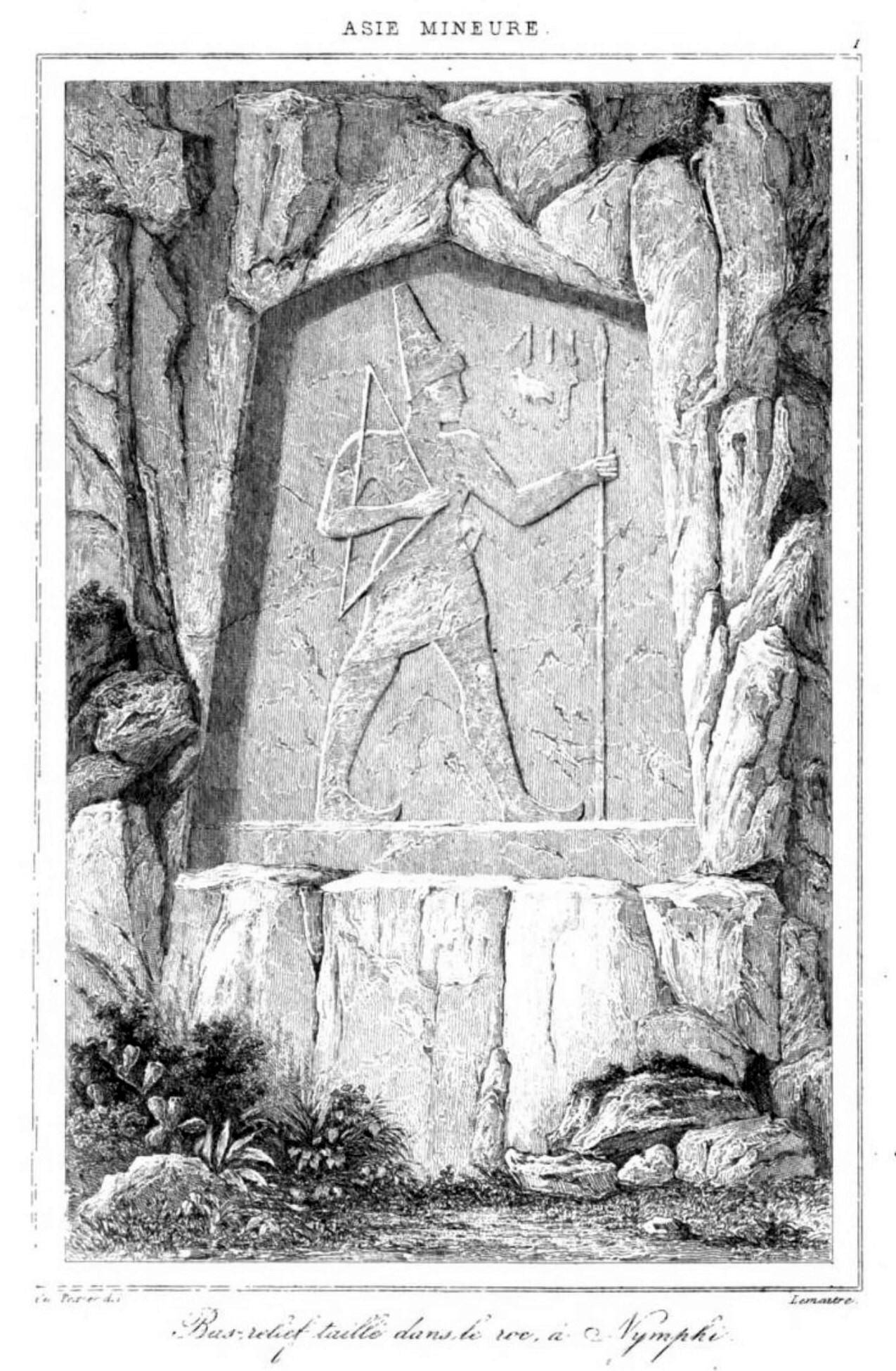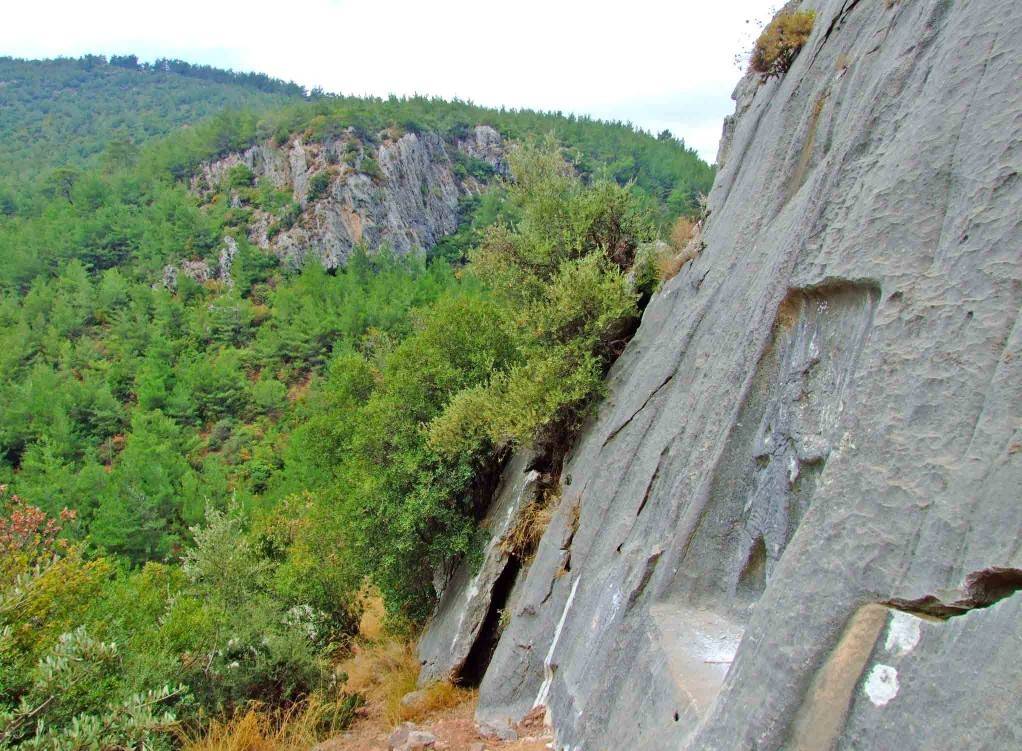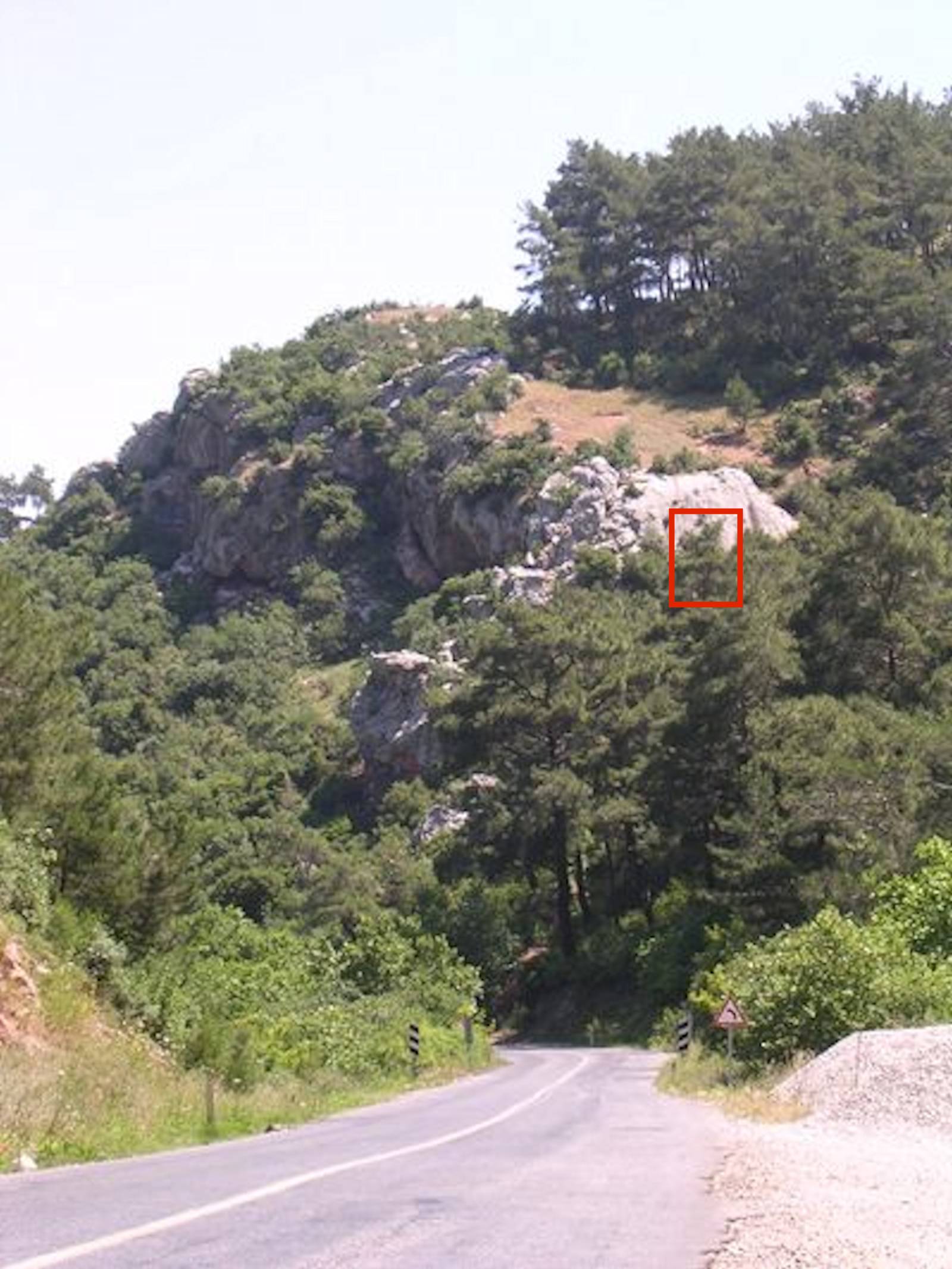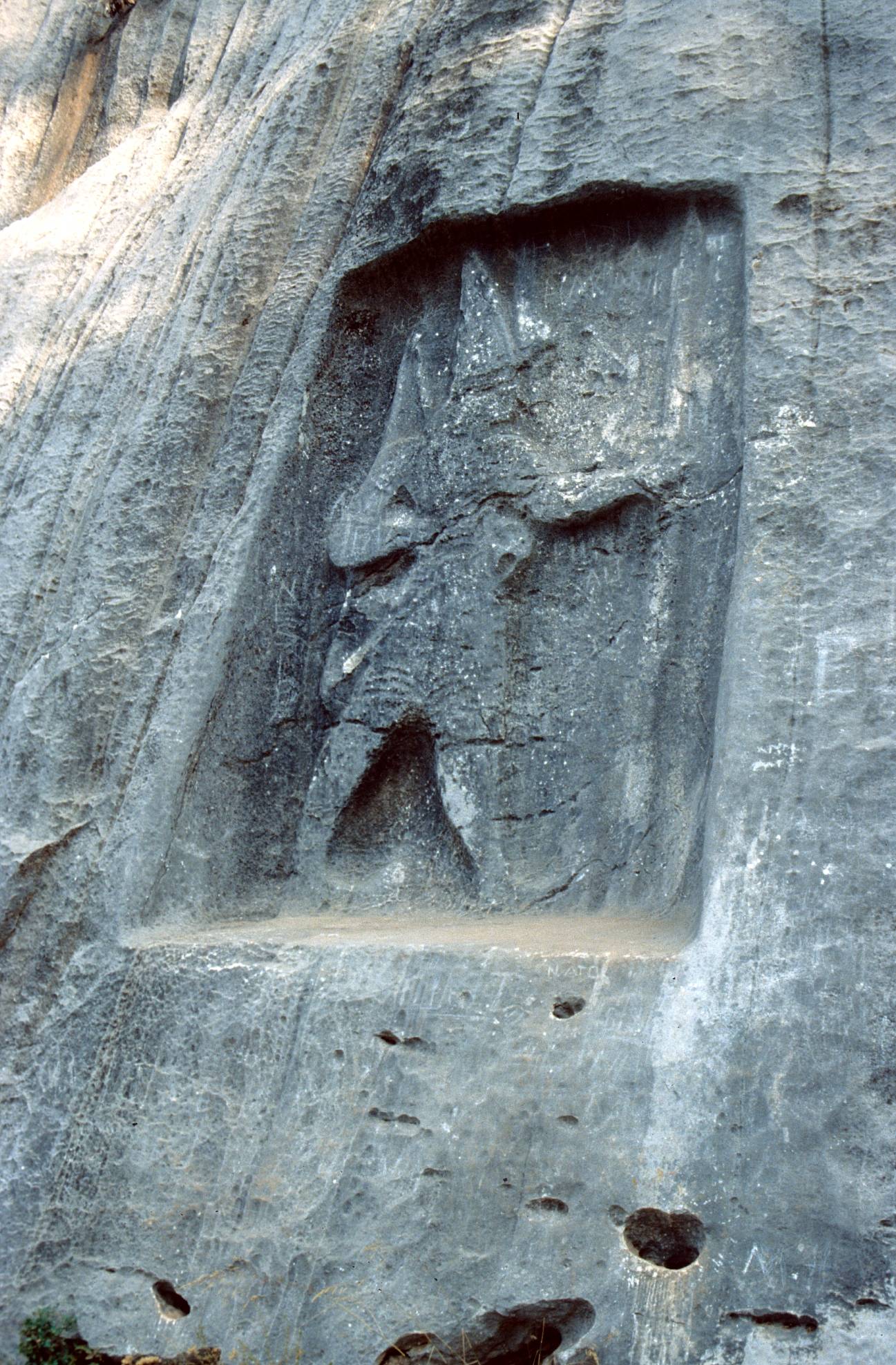The Karabel relief is an ancient rock relief located in Turkey. It dates back to the Hittite era, around the 13th century BC. The relief depicts a male figure, believed to be a king or a warrior, and is one of the few extant examples of Hittite monumental art. It was discovered in the late 19th century and has since been a subject of scholarly study and tourist interest.
Get your dose of History via Email
Historical Background of Karabel relief
The Karabel relief was discovered in the late 19th century by Charles Texier, a French archaeologist and historian. It is carved into a natural rock face near the town of Turgutlu, in western Turkey. The Hittites, an ancient Anatolian people who established an empire in the region, created this relief. They were known for their advanced culture and artistry, which included monumental stone carvings.
Historians believe that the Hittites built the Karabel relief during the height of their empire, which corresponds to the late Bronze Age. The relief has survived in relatively good condition, allowing for detailed study. It has not been the scene of any historically significant events in modern times, but it stands as a testament to the Hittite civilization’s reach and influence.
There is no evidence that the site was inhabited after the Hittite era. However, the relief’s prominence on a pass that was historically significant for trade and military movements suggests its importance in marking territorial boundaries or commemorating victories. The figure depicted in the relief is often identified as King Tarkasnawa of Mira, based on inscriptions found in the vicinity.

The Karabel relief is not only significant for its historical value but also for its contribution to the understanding of Hittite art and iconography. The relief’s discovery has provided valuable insights into the political and cultural dynamics of the region during the late Bronze Age.
While the Karabel relief itself has not been the direct subject of major historical events in recent times, its discovery and subsequent study have played a significant role in the field of Hittite studies and the broader understanding of ancient Near Eastern history.

About Karabel relief
The Karabel relief is a striking example of Hittite rock art, carved directly into a limestone rock face. It stands at a significant height, making it visible from a distance. The relief depicts a male figure in profile, wearing a pointed hat and a short tunic, carrying a bow and spear, which suggests he may have been a warrior or a king.
The figure is shown in a striding pose, which is characteristic of Hittite monumental art. The relief is executed with a sense of depth and dimensionality, despite the limitations of the medium. The artist carved the figure in such a way that it projects out from the rock, creating a powerful and dynamic image.

The methods of construction for the Karabel relief involved chiseling away the limestone to create the figure in high relief. The precision of the carving indicates that the Hittites had mastered the technique of stone relief sculpture, which was an important medium for expressing power and religious significance in the ancient world.
Architectural highlights of the Karabel relief include the detailed depiction of the figure’s attire and weaponry, which provide insights into Hittite culture. The pointed hat, for example, is a distinctive feature of Hittite iconography and may signify royal or divine status.
The building materials for the Karabel relief were simply the natural limestone of the region. The choice of location and the scale of the relief suggest that it was meant to be seen by travelers passing through the area, serving as a symbol of authority and protection.

At a glance
Country: Turkey
Civilization: Hittite
Age: 13th century BC

